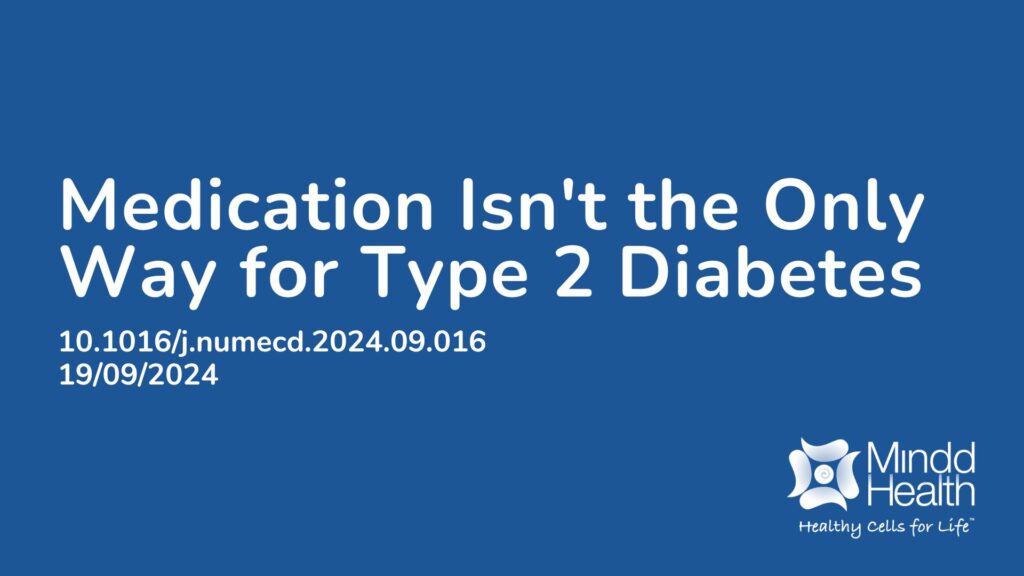Summary:
Type 2 diabetes is a long-term condition that is becoming more common worldwide. Lifestyle changes such as healthy eating and regular exercise can lead to weight loss, better blood sugar control, and in some cases, even remission of the disease. While medication is important, diet and physical activity are key parts of treatment. However, there is still no agreement on which diet works best. This review analyzed studies comparing diet-only interventions to those that also included regular exercise, and also compared different types of diet-and-exercise combinations. A systematic search was conducted, and 11 randomised controlled trials were included. Most studies found that adding exercise to a calorie-restricted diet improved physical fitness. Fewer studies showed improvements in blood sugar, body weight, medication use, body composition, or cholesterol. Some studies showed a low-carbohydrate diet may offer greater benefits when paired with exercise. In summary, combining regular exercise with dietary changes can lead to additional benefits for people with type 2 diabetes, particularly in physical fitness.
Abstract:
Aim: To investigate the effects of combined diet-and-exercise interventions in patients with type 2 diabetes mellitus (T2DM). Data synthesis: A systematic literature search was conducted on PubMed, Web of Science, SPORTDiscus and BISp Surf databases (latest update in June 2024). A total of 14706 records was identified. After screening procedures, 11 randomized controlled trials (n = 24 reports) were included. The included studies compared either the effects of a) a combined intervention versus a diet-only intervention or b) different combinations of diet and exercise. The overall quality of the included study reports was moderate (evaluated with the Risk of Bias 2 (RoB2) tool). Effects of adding exercise to a (calorie-restricted) diet were primarily reflected in increased physical fitness/performance. In far fewer cases, additional beneficial effects on glycemic control, number of subjects taking medication, body weight, body composition, or lipid profile were reported. Combined with regular exercise, an energy-restricted low-carbohydrate (LC) diet with either high-fat (HF) or high-protein (HP) contents showed superior effects compared with an energy-matched conventional (CONV) diet in terms of improvements in medication use (HF-LC versus CONV diet), lipids (HF-LC or HP-LC versus CONV diet) or wellbeing (HP-LC versus CONV diet) in some studies. Conclusions: Complementing a dietary intervention with regular exercise can have additional health benefits in T2DM, specifically improved physical fitness/performance. LC diets might be superior to other diets when combined with regular exercise. Other diet-and-exercise combinations than those analyzed in this review need to be investigated.
Article Publication Date: 19/09/2024
DOI: 10.1016/j.numecd.2024.09.016



